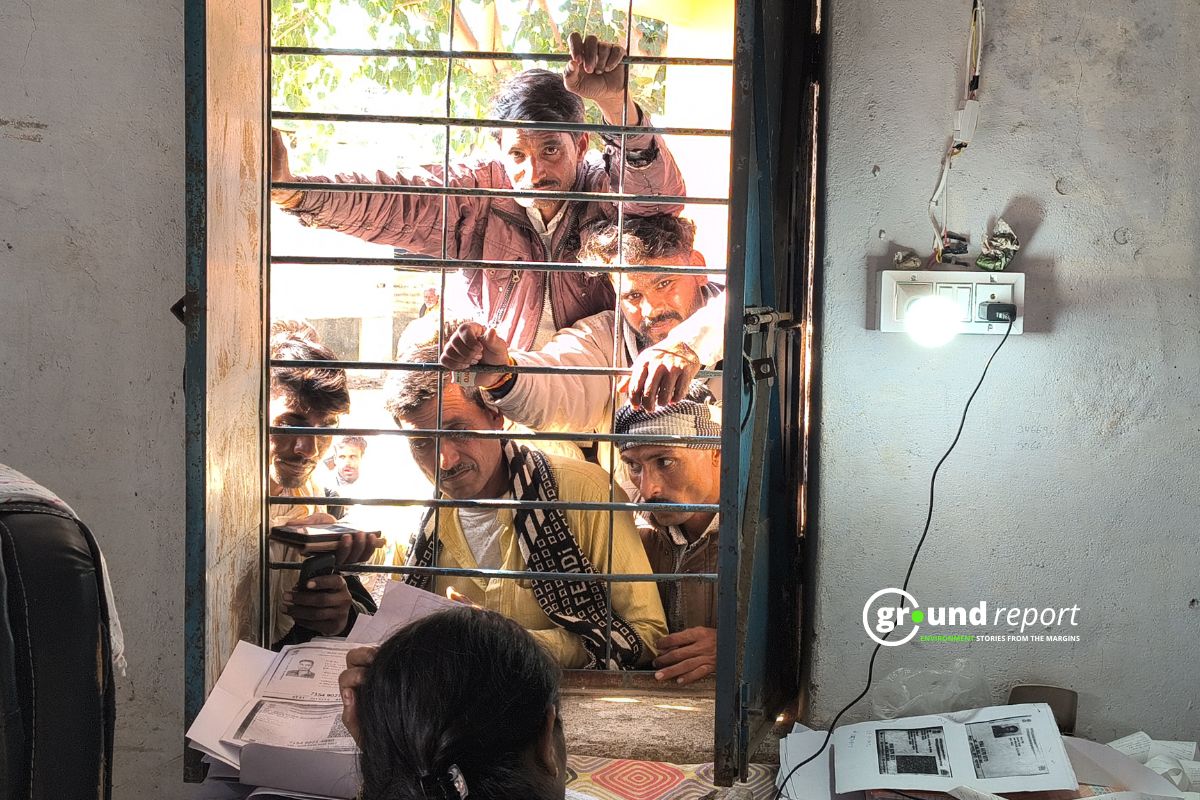A recent study by Sweden’s Karolinska Institutet revealed alarming health consequences of air pollution in India. Between 2009 and 2019, long-term exposure to PM2.5 contributed to millions of deaths. The findings underscore the need for stronger air quality standards and decisive action to reduce pollution levels.
Air pollution caused millions of deaths
The research published in The Lancet Planetary Health examined the relationship between PM2.5 levels and mortality across 655 districts in India. PM2.5 refers to particulate matter with a diameter of 2.5 micrometres or less—about 30 times smaller than a human hair. These particles can penetrate deep into the lungs and enter the bloodstream, causing health problems.
The study found that for every 10 micrograms per cubic meter increase in PM2.5 concentration, mortality rates rise by 8.6%. Over ten years, an estimated 3.8 million deaths were attributed to PM2.5 levels exceeding India’s air quality guideline of 40 micrograms per cubic meter.
When the researchers compared these figures with the World Health Organization’s (WHO) stricter air quality guideline of 5 micrograms per cubic meter, the estimated death toll skyrocketed to 16.6 million. This means nearly one in four deaths during the study period could be linked to air pollution if WHO standards were applied.
India’s entire population—about 1.4 billion people—is exposed to year-round PM2.5 levels exceeding WHO’s guidelines. Some regions fare worse. In cities like Delhi and Ghaziabad, PM2.5 levels peaked at 119 micrograms per cubic meter in 2016, almost 24 times higher than WHO’s safe level.
“The results show that current guidelines in India are insufficient to protect health. Stricter regulations and measures to reduce emissions are critical,” said Dr. Petter Ljungman, a lead researcher at Karolinska Institutet.
How PM2.5 affects health
PM2.5 is one of the most harmful air pollution components. Its small size allows it to bypass the body’s defenses and reach deep into the respiratory system. Once in the lungs, these particles can cause inflammation and worsen asthma, bronchitis, and chronic obstructive pulmonary disease(COPD). PM2.5 can also enter the bloodstream, increasing the risk of heart attacks, strokes, and other cardiovascular issues.
As per the study, long-term exposure to PM2.5 is linked to cancer, especially lung cancer, and can weaken the immune system, making people more vulnerable to infections. Pregnant women and children are especially at risk. High PM2.5 exposure during pregnancy can lead to low birth weights, premature births, and developmental delays in children.
Why does India have high pollution levels?
According to the study, several factors contribute to India’s severe air pollution problem.
| Factor | Description |
|---|---|
| Industrial emissions | Factories and power plants, particularly coal-fired power plants, release large amounts of pollutants, including PM2.5. |
| Vehicular pollution | The rapid increase in vehicles, especially diesel engines, leads to higher emissions of harmful pollutants, including fine particulate matter (PM2.5). |
| Crop burning | Farmers in northern India burn agricultural residue, releasing massive amounts of PM2.5 and other pollutants into the atmosphere. |
| Domestic pollution | Many rural households still rely on wood, coal, or dung for cooking and heating, leading to significant particulate matter emissions. |
| Construction activities | Dust from construction sites adds to urban air particulate matter. |
| Weather and geography | In winter, cooler temperatures and low wind speeds trap pollutants near the ground. The Himalayas also block polluted air from dispersing, especially in northern India. |
The study highlights the heavy toll of air pollution on human health in India. The 3.8 million PM2.5-linked deaths over the decade account for 5% of all deaths. Against WHO standards, this rises to 16.6 million deaths or nearly 25% of total mortality.
Current efforts and limitations
India launched the National Clean Air Programme (NCAP) in 2017 to tackle air pollution. It aims to reduce PM2.5 and PM10 levels by 20-30% by 2024, compared to 2017 levels. It includes measures like promoting cleaner technologies, expanding air quality monitoring, and encouraging electric vehicles.
The study reveals that PM2.5 levels have continued to rise in many areas despite these efforts. Experts argue that the NCAP lacks the enforcement mechanisms and funding needed to achieve its goals. Furthermore, India’s air quality standards are far less stringent than WHO’s guidelines, leaving millions exposed to harmful pollution levels.
While the focus is on India, air pollution is a global issue. PM2.5 particles can travel hundreds of kilometres, crossing borders and affecting neighbouring countries. Collaborative efforts at regional and international levels are essential to tackle this problem effectively.
“Our study provides evidence for better air quality policies in India and globally,” said Dr. Ljungman. The research involved experts from India, Sweden, the USA, Israel, and Italy and was funded by Formas, a Swedish government research council.
Support us to keep independent environmental journalism alive in India.
Keep Reading
Watch: Kashmir experiences first snowfall of season after dry spell
Amarnath Yatra: Tackling rising death toll from extreme weather events
Tourists arrival in Kashmir break records, a need to regulate it?
From tourist paradise to waste wasteland: Sindh River Cry for help
Follow Ground Report on X, Instagram and Facebook for environmental and underreported stories from the margins. Give us feedback on our email id greport2018@gmail.com.
Don’t forget to Subscribe to our weekly newsletter, Join our community on WhatsApp, and Follow our YouTube Channel for video stories.






